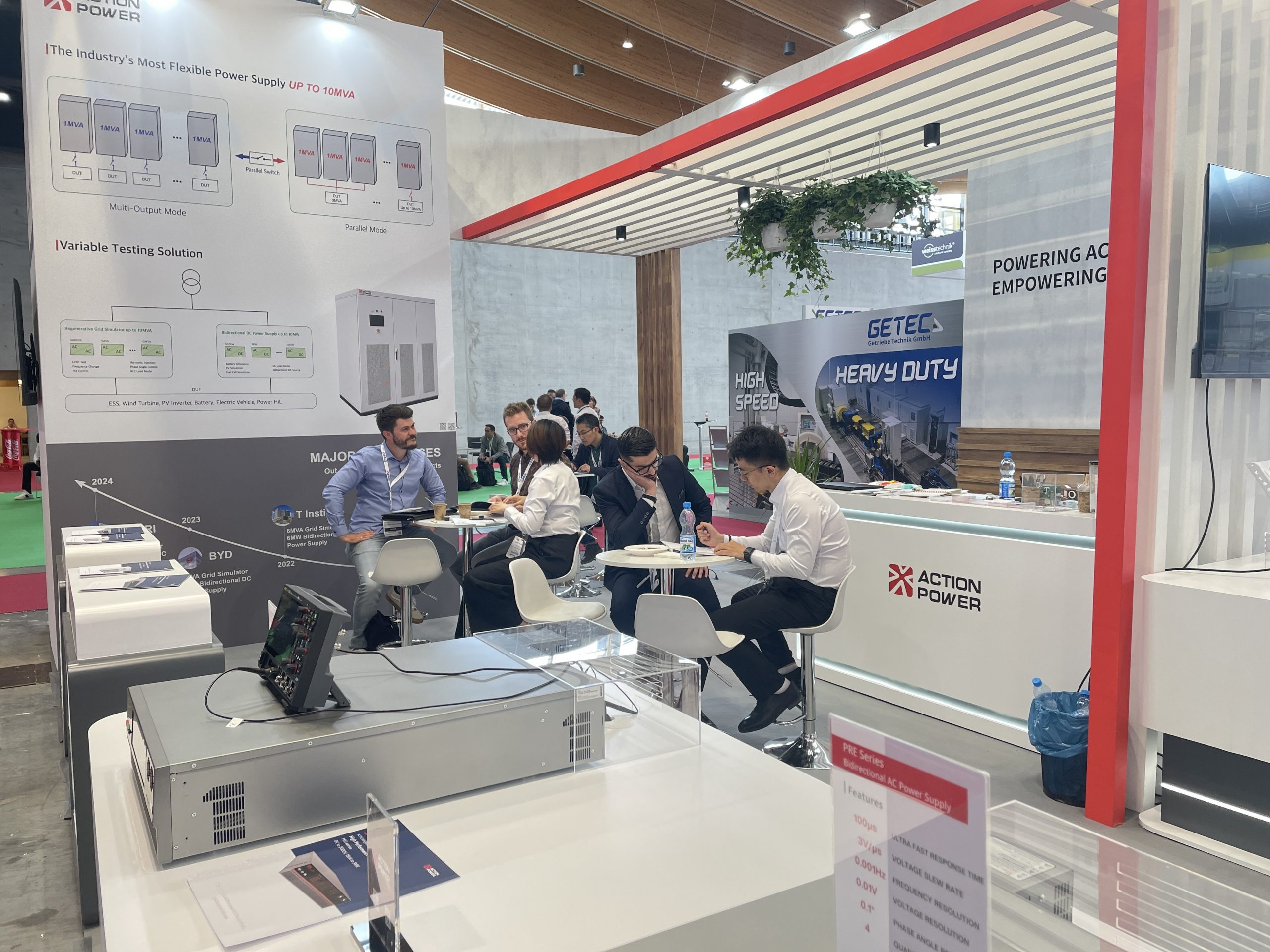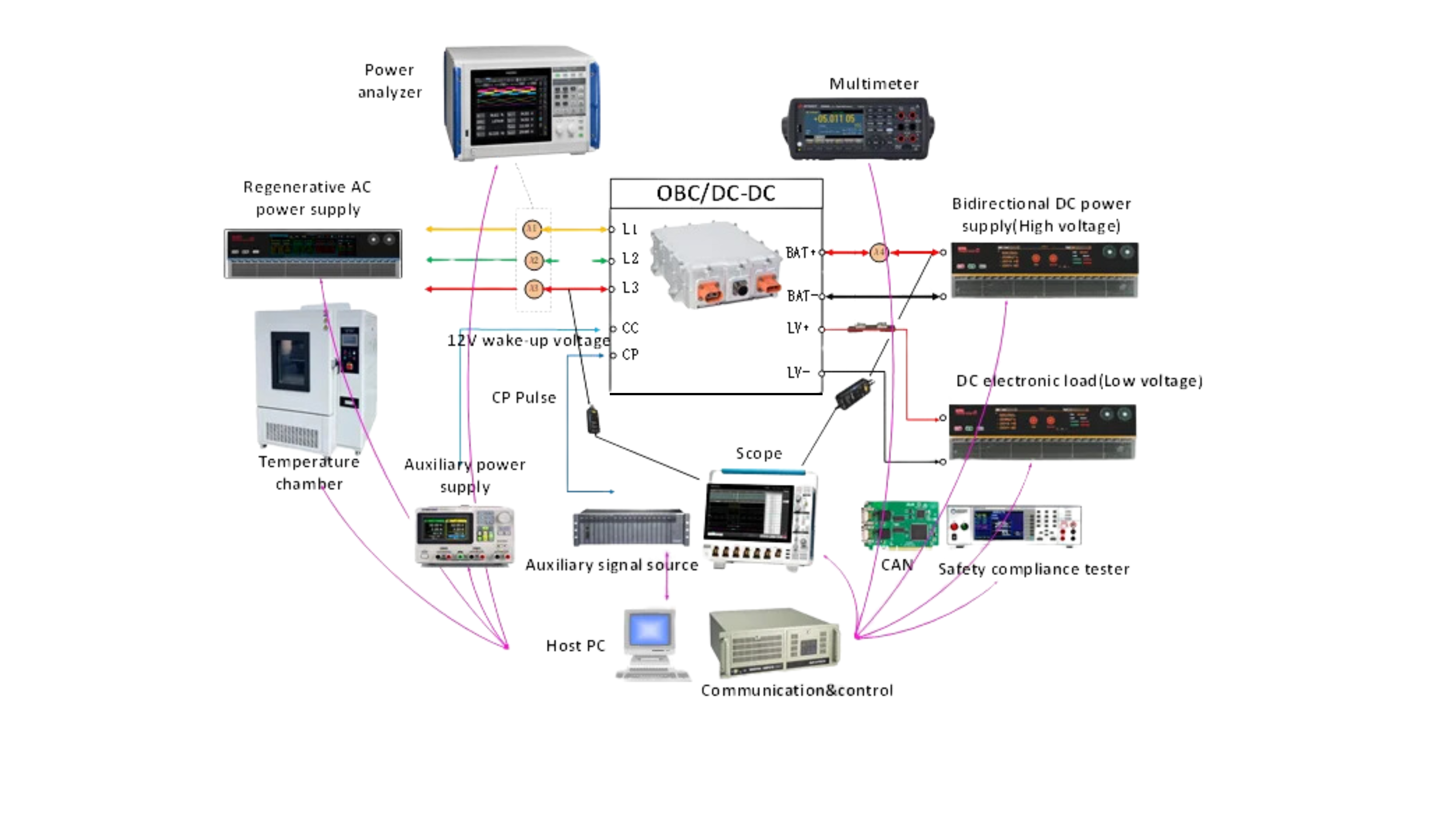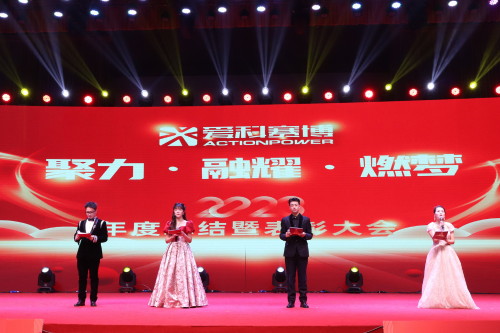Fundamentals to Photovoltaic Systems and Its Solar Energy Generation & Conversion Processes
Process Of Converting Light To Electricity
Credit: Solar Cell, ScienceDirect
A more into-the-depth explanation is that the sunlight hits the semiconductor in a solar cell to create pairs of electrons and holes, which are pushed in opposite directions by the electric field in the p-n junction — and once connected to a circuit, this movement generates electric current. While solar cell doesn’t have any mechanism to switch polarity or alternate the current’s direction, the current generated is of DC now that the flow of electricity inside the cell is, in this case, unidirectional.
The Key Role Inverters Enact for Photovoltaic
The essentialness of inverters for a photovoltaic system lies in the fundamental nature that the another end of the power flow where who will take avail of it are homes, businesses, and public power grid which operate on AC power. Clearly the answer is that – Inverters are essential for converting electricity produced by solar modules into status and pattern that it is compatible with standard appliances or suitable for grid connection.
The further critical importance of inverters is that with the latest power electronic technologies like grid synchronization, maximum power point tracking (MPPT), islanding protection, they are more than just a hub of conversion yet a smart energy management device that can maximize and take full advantages of the energy generation to make sure of the efficiency and sustainability.
A question that goes after the above explanation, probably may have come up into your mind is that, where are inverters located along the photovoltaic systems? With this question put forward, we will continue by introducing the 2 primary kinds or ways of implementing inverters in PV system which are MICRO-INVERTERS and CENTRAL INVERTERS.
AC Power is Widely Used for from Households to Businesses and Manufacturing
What are Micro-Inverters?
Micro-inverters are integrated tiny and individual inverters installed on each unit of solar panel in a PV system to convert at panel level the DC generated from p-n junction process into AC.Given the fact that a PV system is with bunches of solar models and panels, this will mean that each individual solar panel with micro-inverter is in nature a system at a smaller scale that they work independently of each other and the problem of a single panel will not affect the whole system. This advantage is referred to as the module-level monitoring, which can improve systematical efficiency and allows easier expansion for upscaling.
The feature above marks micro-inverter as an ideal option for residential rooftops or complex installation, where panels may face different directions or receive uneven sunlight.
What are Central Inverters?
In difference to micro-inverters which are used at smaller scale with multiple units implemented as much as the number of solar modules, central inverter is a larger-scale power conversion device where the DC output from multiple solar panels (referred to as “strings”) are combined and converted into AC altogether at a single central location.
Central Inverters are Typically Used for Larger Scale Solar Farms
The centralized processing pattern of DC output from solar panels can achieve lower cost per-watt when it comes to open-space and large installation of PV system such as utility-scale solar farms. This is not something difficult to understand now that, imagine that in case a farm of millions of solar panels and each one is with their individual inverter – what would happen with the workload of maintenance for them?
Another reason that central inverters are better for larger scale deployment, apart from the concern of maintenance, is that while solar panels in this case would have consistent orientation and sunlight exposure, it is not necessary to maximize the power generation considering the efficiency of each one of them due to shade, weather or orientation. Just simply manage the conversion at one location.
What are the Key Differences, Pros and Cons between Micro & Central Inverters?
| Feature | Micro-Inverter | Central Inverter |
|---|---|---|
| Installation | Installed on each individual panel | One large unit for the entire system |
| Power Conversion | DC to AC conversion at panel level | DC to AC conversion at system level |
| Efficiency in Shading | High – shading on one panel doesn’t affect others | Lower – shading on one panel can affect the entire string |
| Monitoring | Panel-level monitoring possible | System-level monitoring only |
| System Cost | Higher upfront cost, better long-term efficiency | Lower cost per watt, ideal for large-scale systems |
| Maintenance | Easy to isolate and fix individual panel issues | Maintenance is centralized, but harder to isolate issues |
| Scalability | Highly scalable – just add more panels with micro-inverters | Limited scalability – requires system redesign |
Which is the Right Type of Inverter for You?
Without much necessity to explain again what are micro-inverters and central inverters as we covered to detailed their pros and cons. We summarize for you briefly and in a straightforward way the key factors and concerns as below to opt between these two options for your PV system.
Choose Based on Application Scenario
- Residential or Small Systems
If your solar panels are installed on rooftops with varying angles or partial shading, micro-inverters are ideal. They allow each panel to operate independently and optimize energy harvest on a per-module basis.
- Commercial and Industrial Systems
For larger rooftops or medium-sized arrays with relatively uniform layout, string inverters (a midpoint between micro and central) offer a balance between cost and performance.
- Utility-Scale Projects
In ground-mounted farms or large-scale installations with consistent sunlight, central inverters are typically preferred due to their lower cost per watt, centralized monitoring, and maintenance efficiency.
Evaluate ROI, Maintenance, and System Complexity
- Investment Return
Micro-inverters tend to have a higher upfront cost but may offer better output over time in shaded or complex sites, improving overall ROI.
- Maintenance Considerations
Central inverters are easier to manage in centralized systems, but if they fail, the whole system may be impacted. Micro-inverters isolate risks to individual panels but require more distributed hardware.
- System Structure
The more complex your panel layout or future scalability plans, the more you’ll benefit from modular inverter designs like micro-inverters or multiple string inputs.
Consider Hybrid Options and MPPT Capabilities
- Hybrid Inverters
An option other than micro-inverter and neither central inverter is the hybrid inverter that manages both PV generation and energy storage in one unit thanks to which backup power is achieved to optimize self-consumption.
- Multi-MPPT Inverters
Some string or central inverters now come with multiple MPPT channels, offering a middle-ground solution — allowing several panel groups to operate independently, even under uneven sunlight conditions.
How Actionpower Supports PV Inverter Testing?
ACTIONPOWER provides advanced testing solutions are designed and developed for the full range of photovoltaic inverter technologies — from micro-inverters to central inverters and hybrid models. Our programmable DC power supplies and solar array simulators can replicate real-world irradiance and I-V curve behaviour to validate MPPT efficiency, dynamic response, and grid compliance.
With support for standards such as EN50530, Sandia profiles, and custom test curves, our systems enable manufacturers and engineers to simulate diverse environmental conditions, perform fault injection, and ensure inverter reliability under load. Whether in R&D, production, or certification environments, ACTIONPOWER’s scalable, automated test platforms deliver precision, repeatability, and confidence in every test.
You will be welcomed to slid further below to find out the contact section to send us a message or inquiry for applying more information about our PV Testing Solutions












